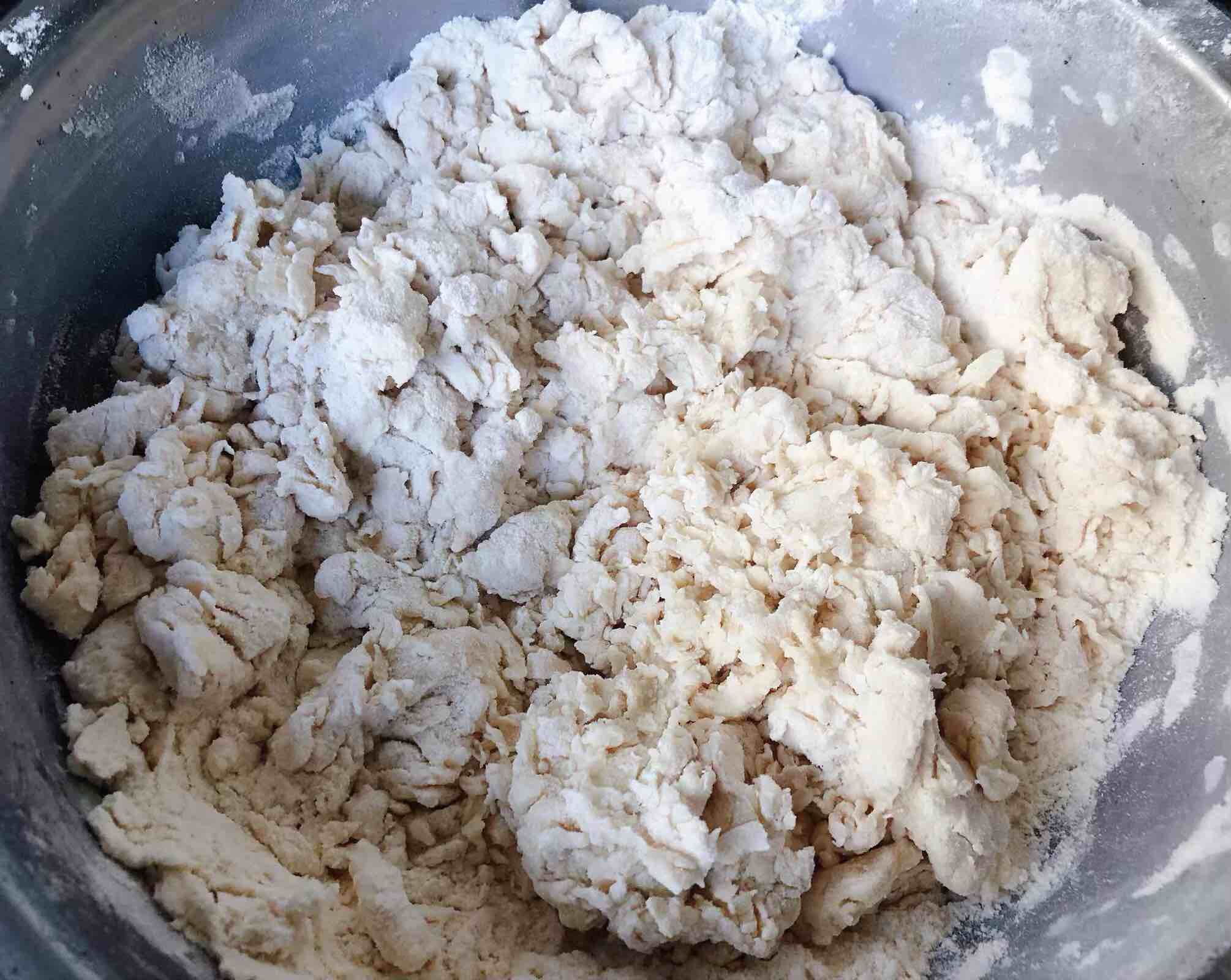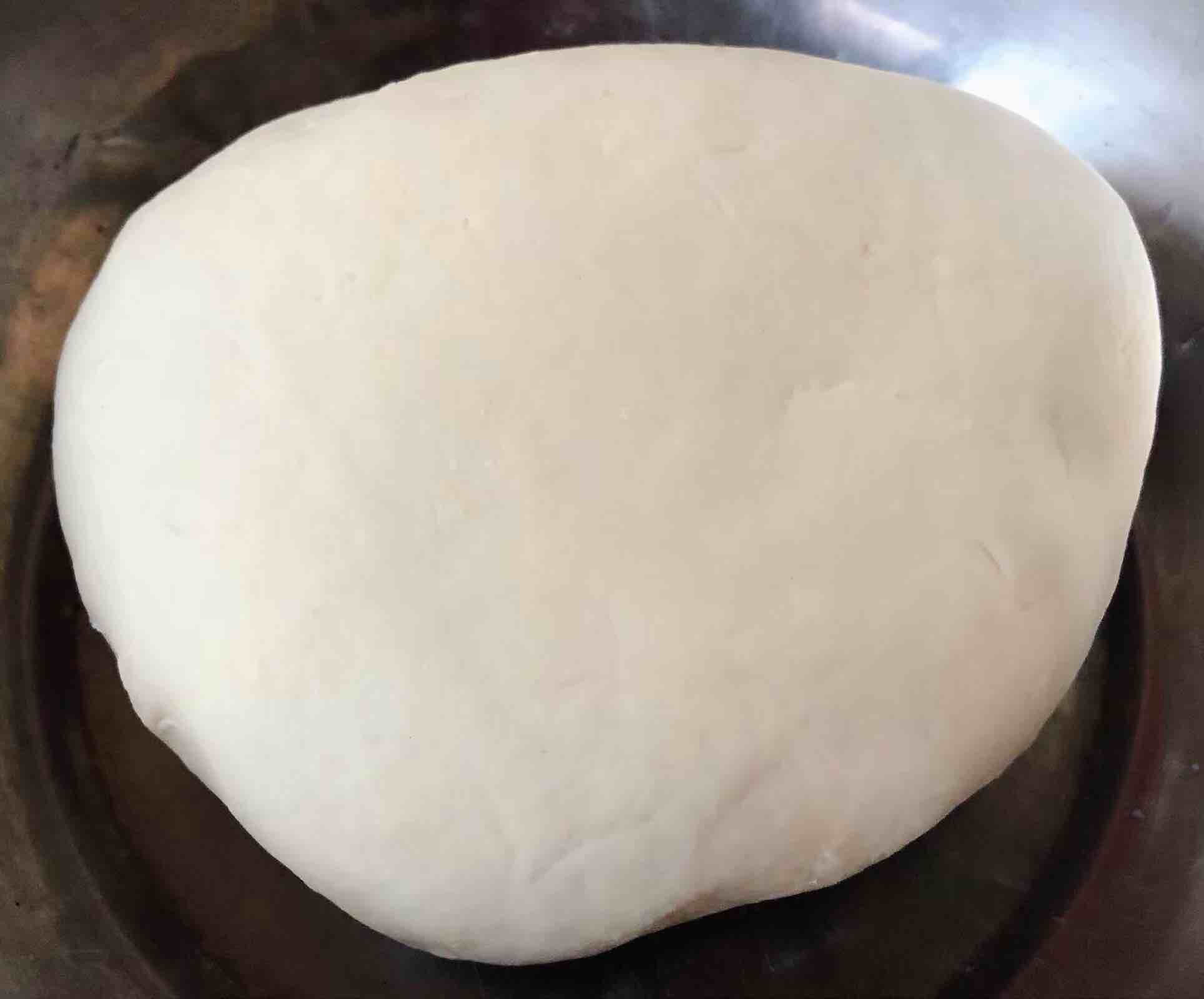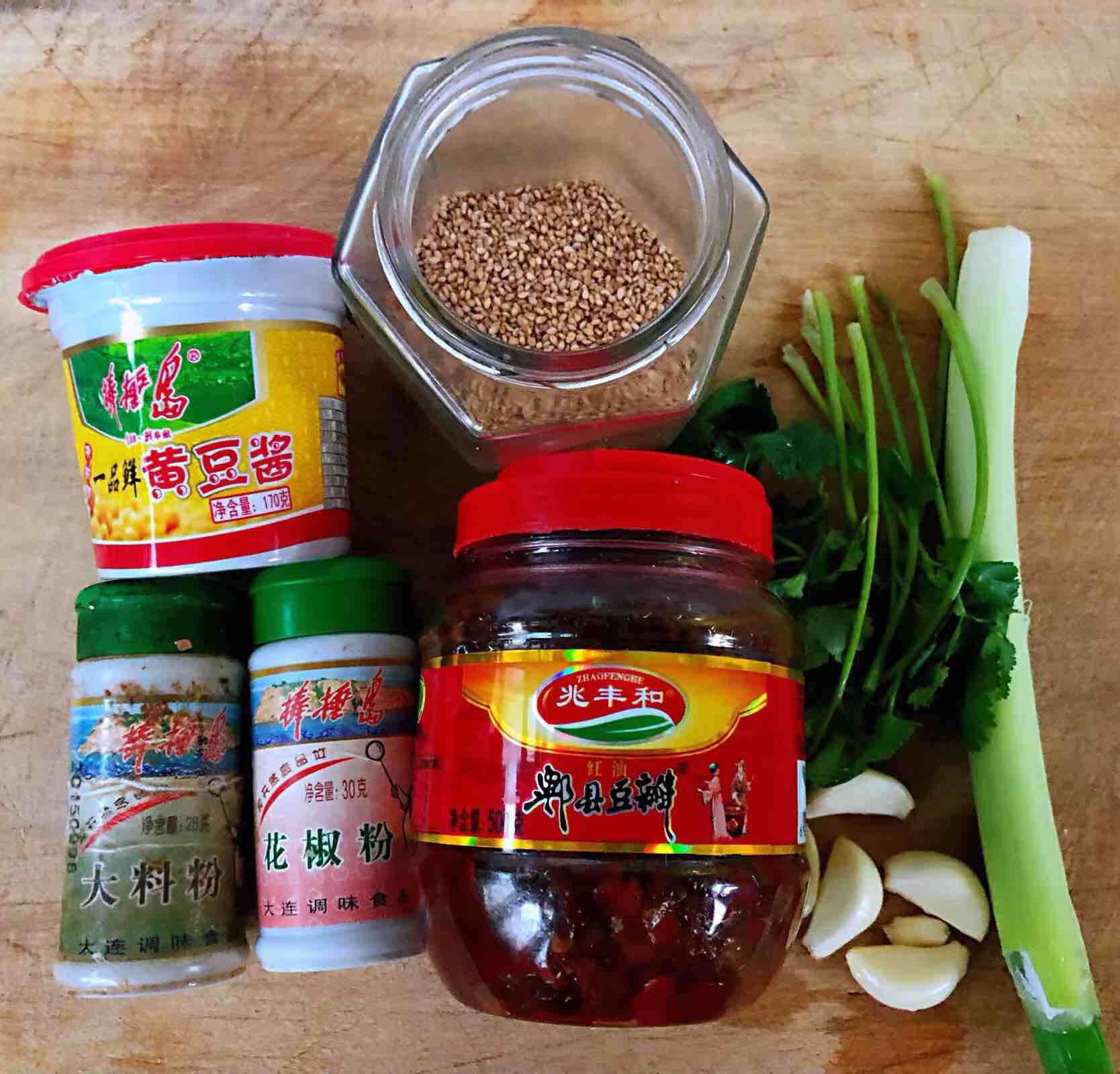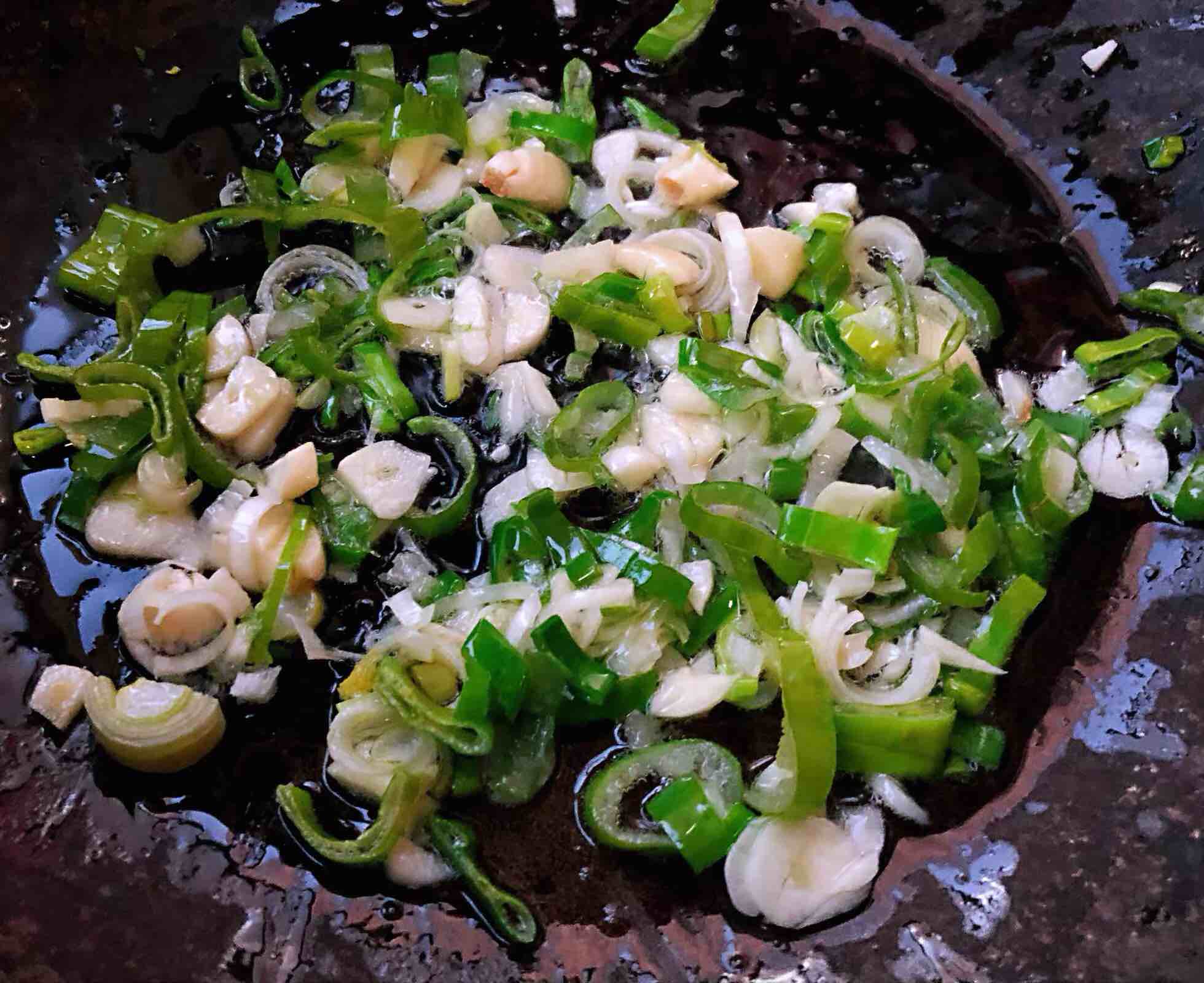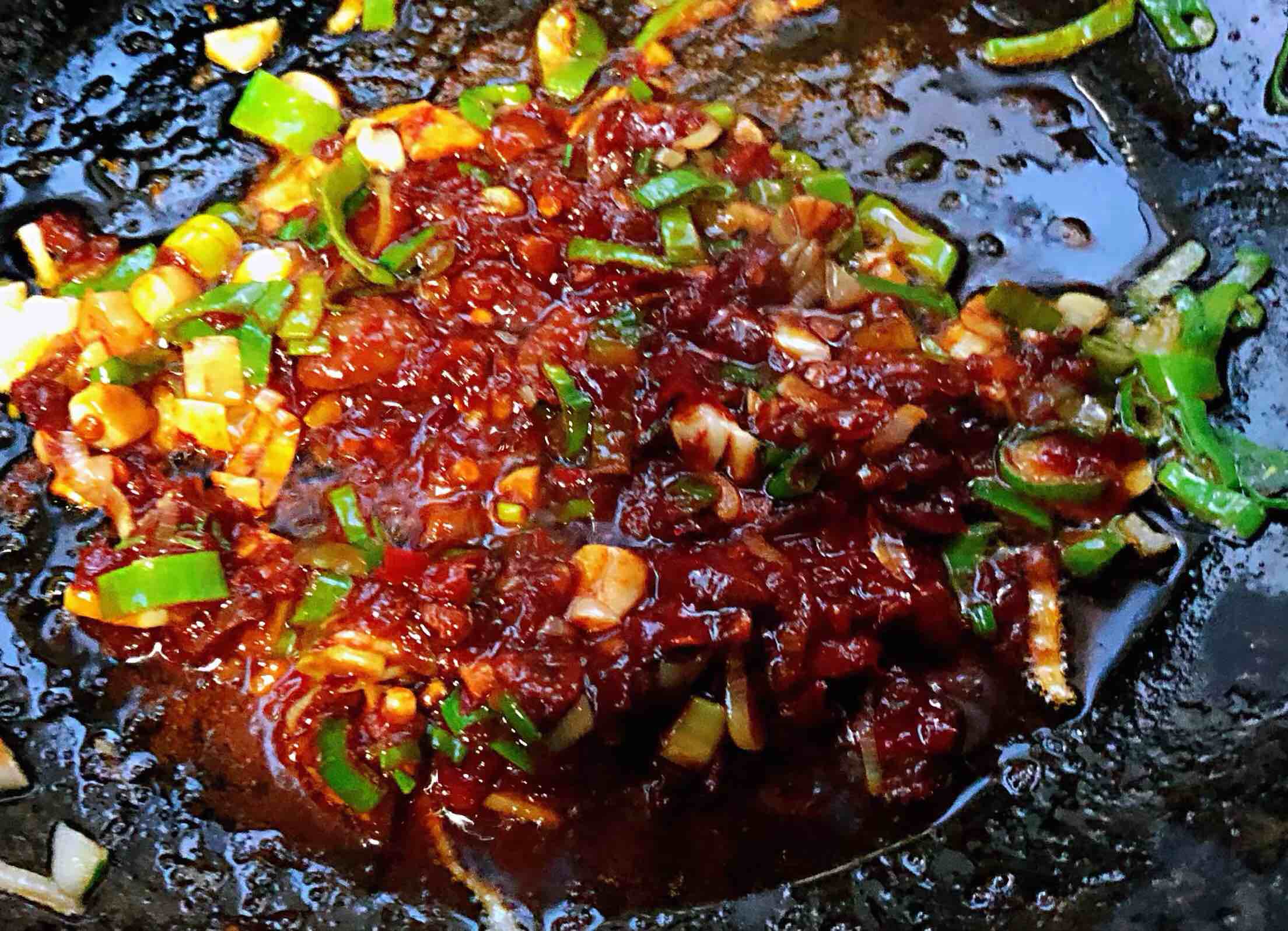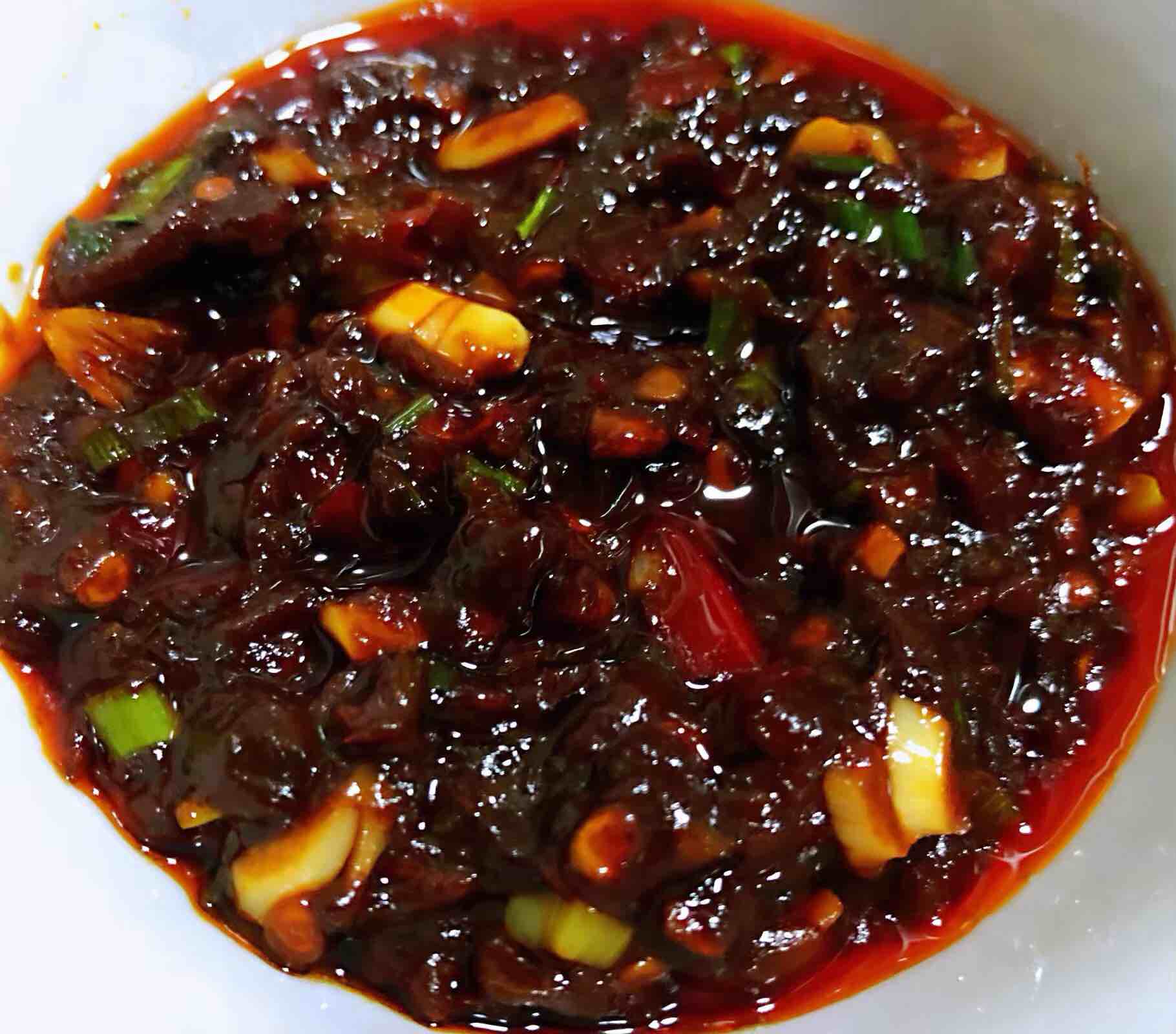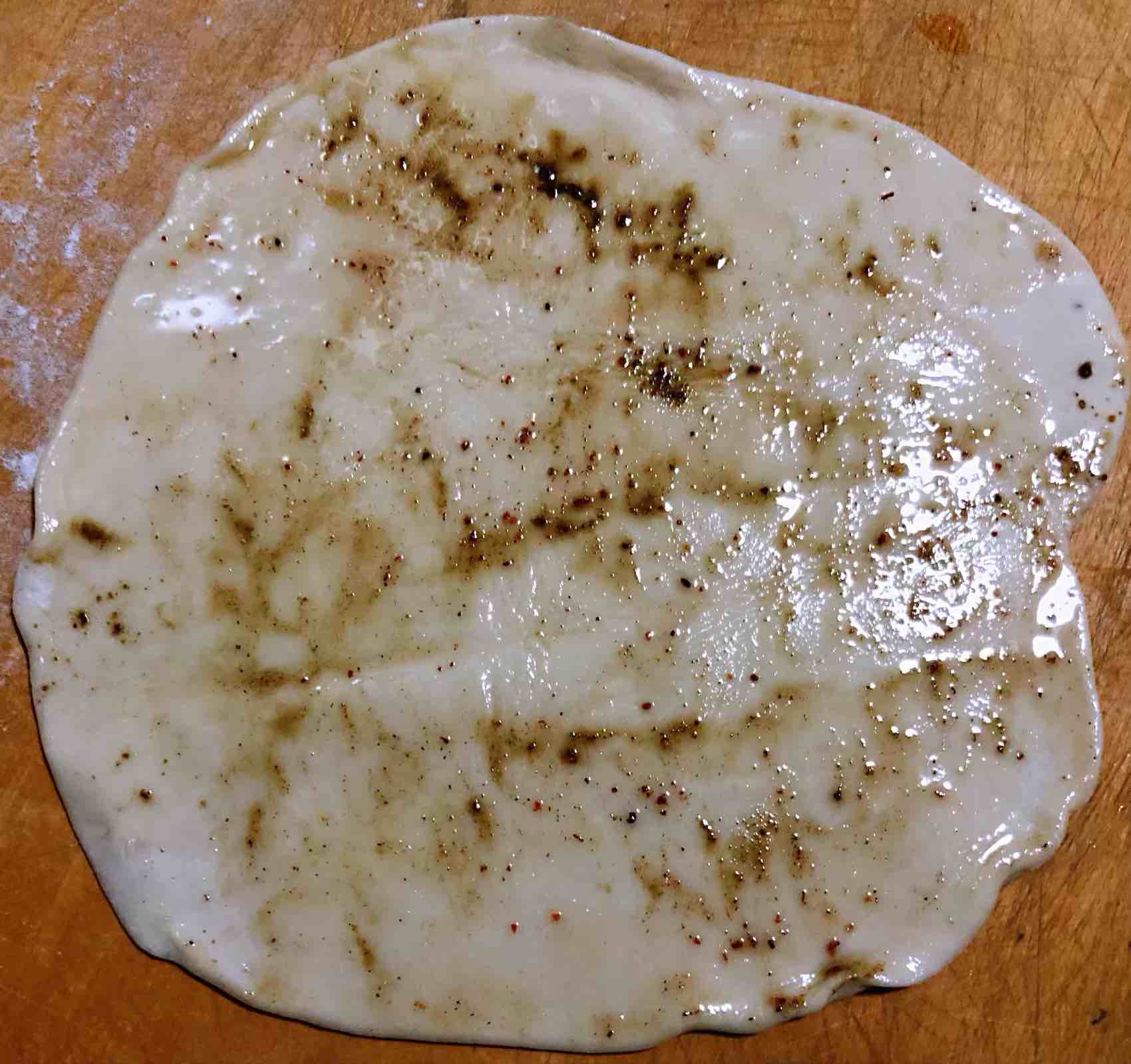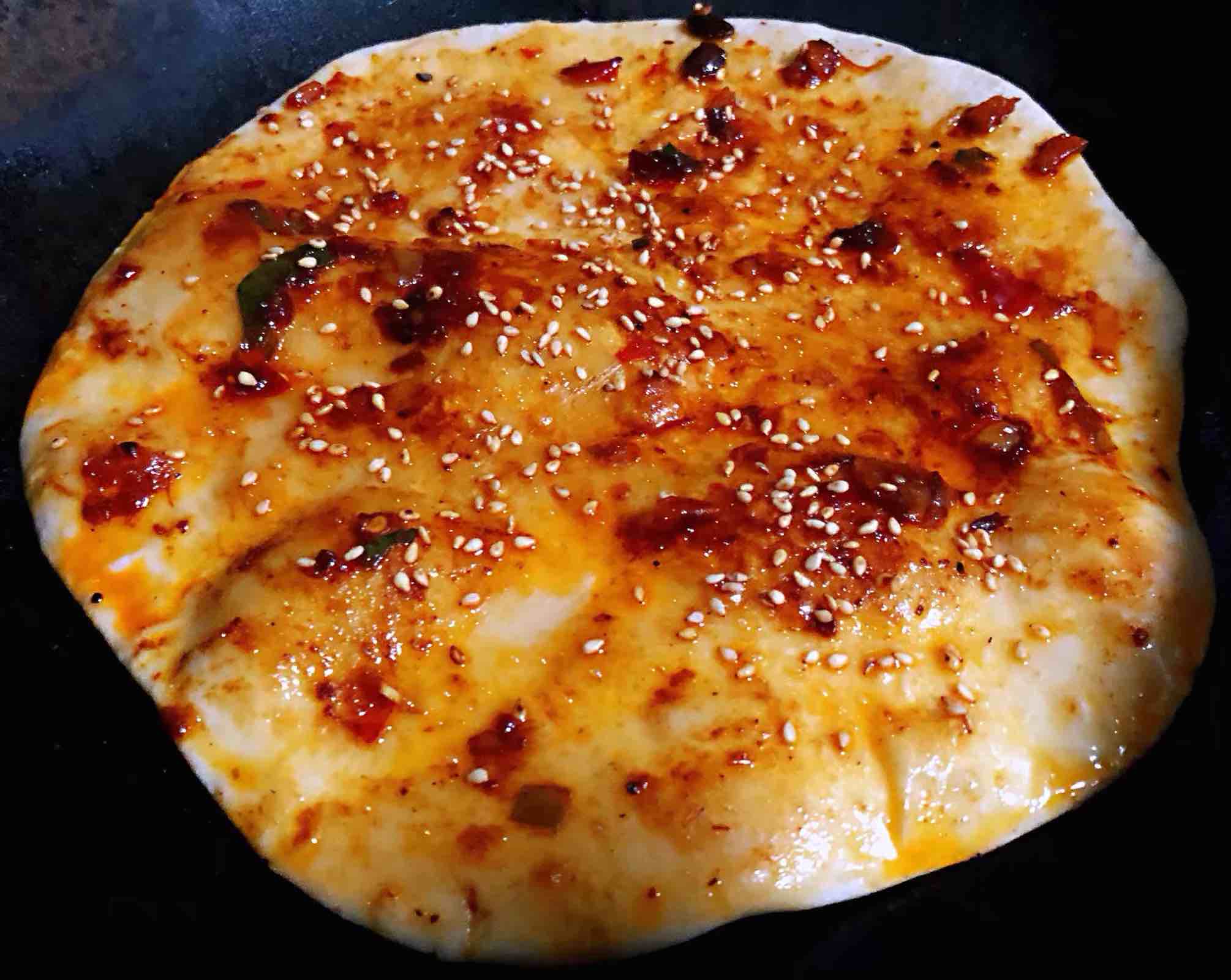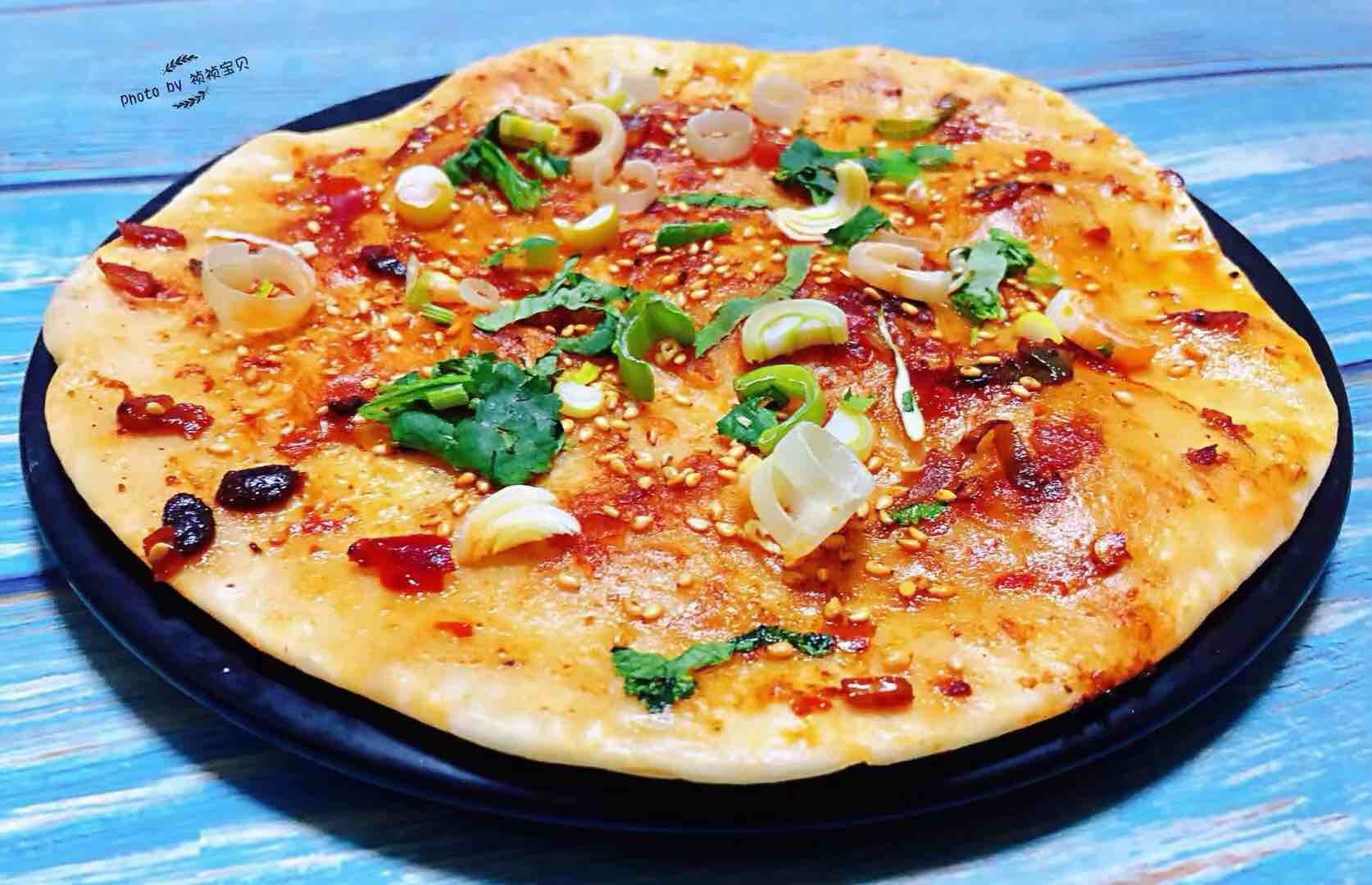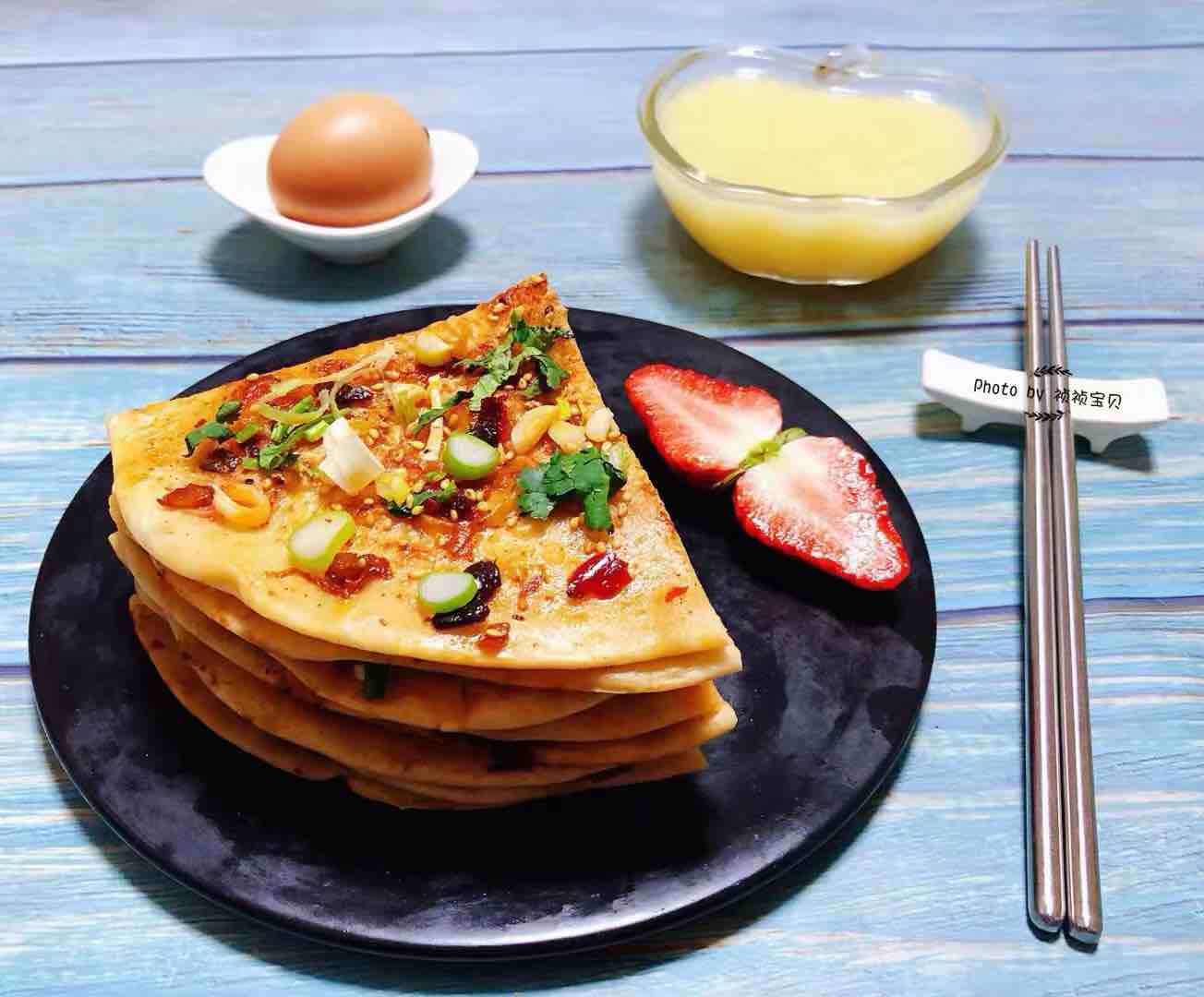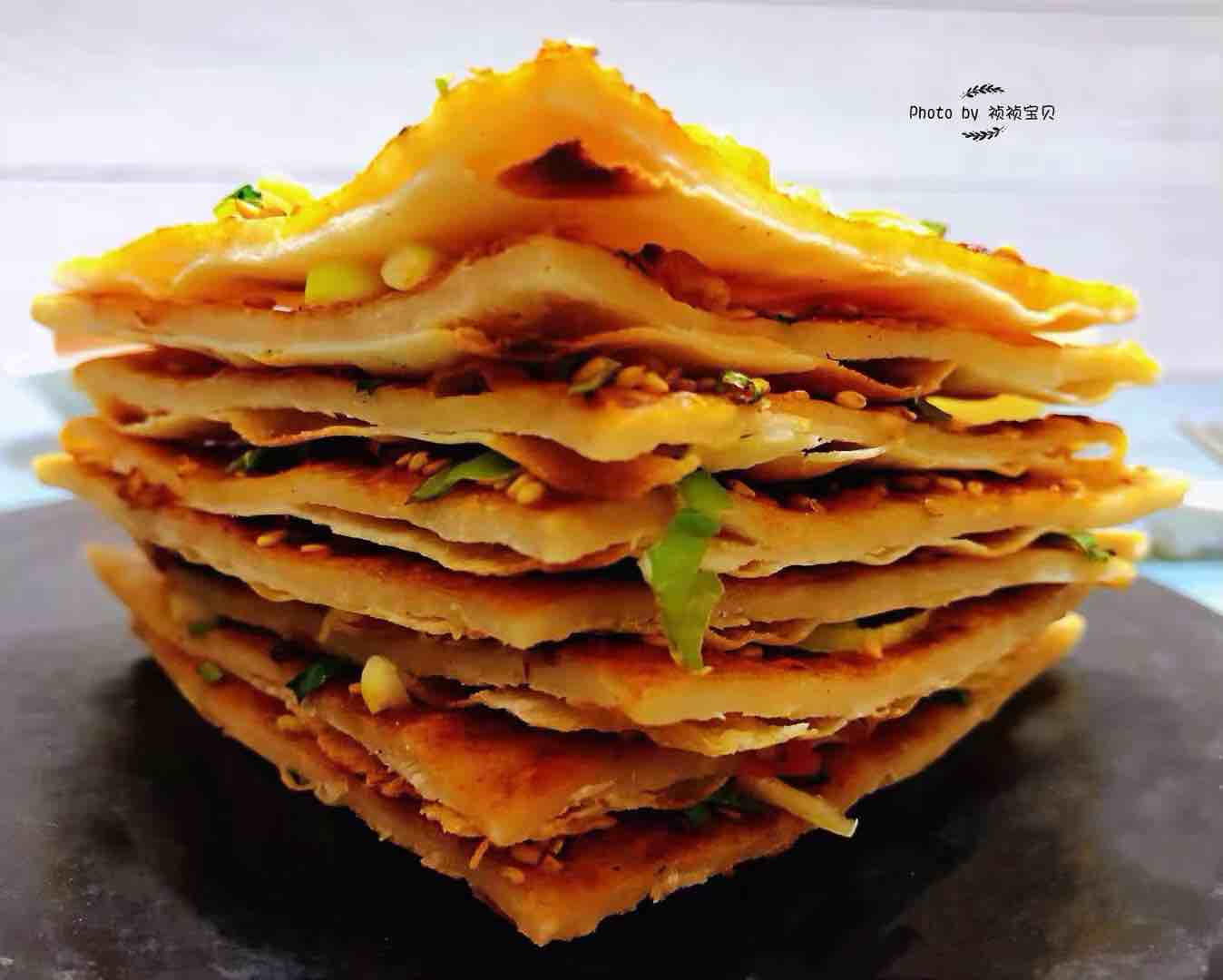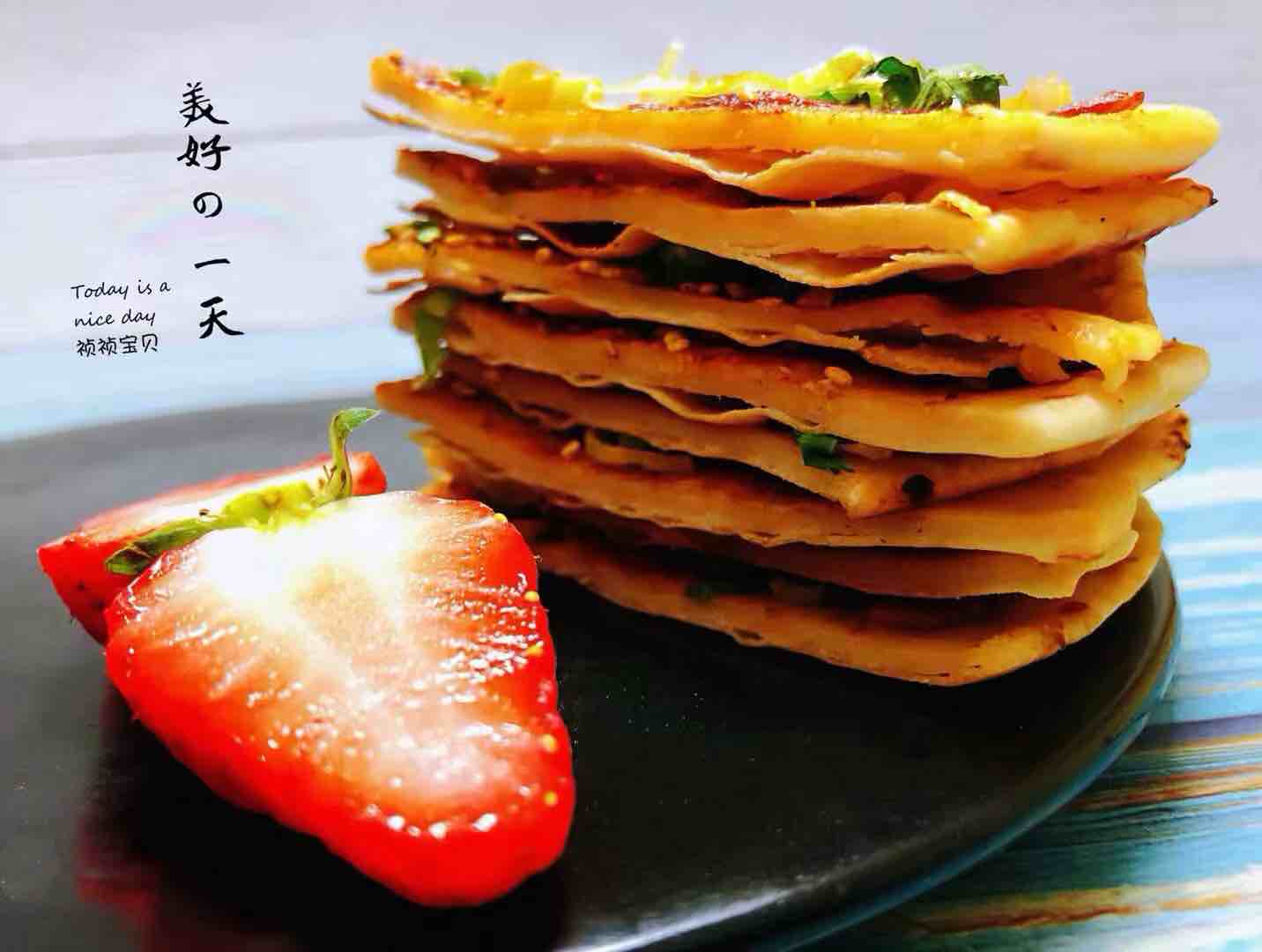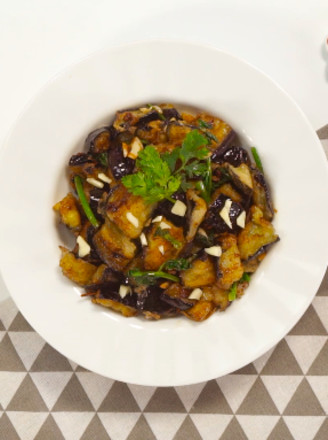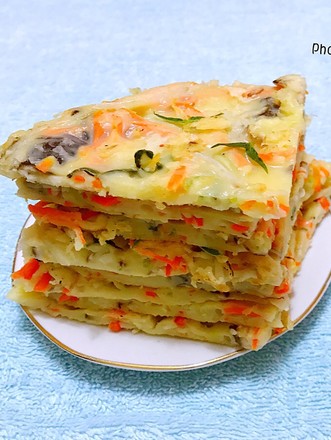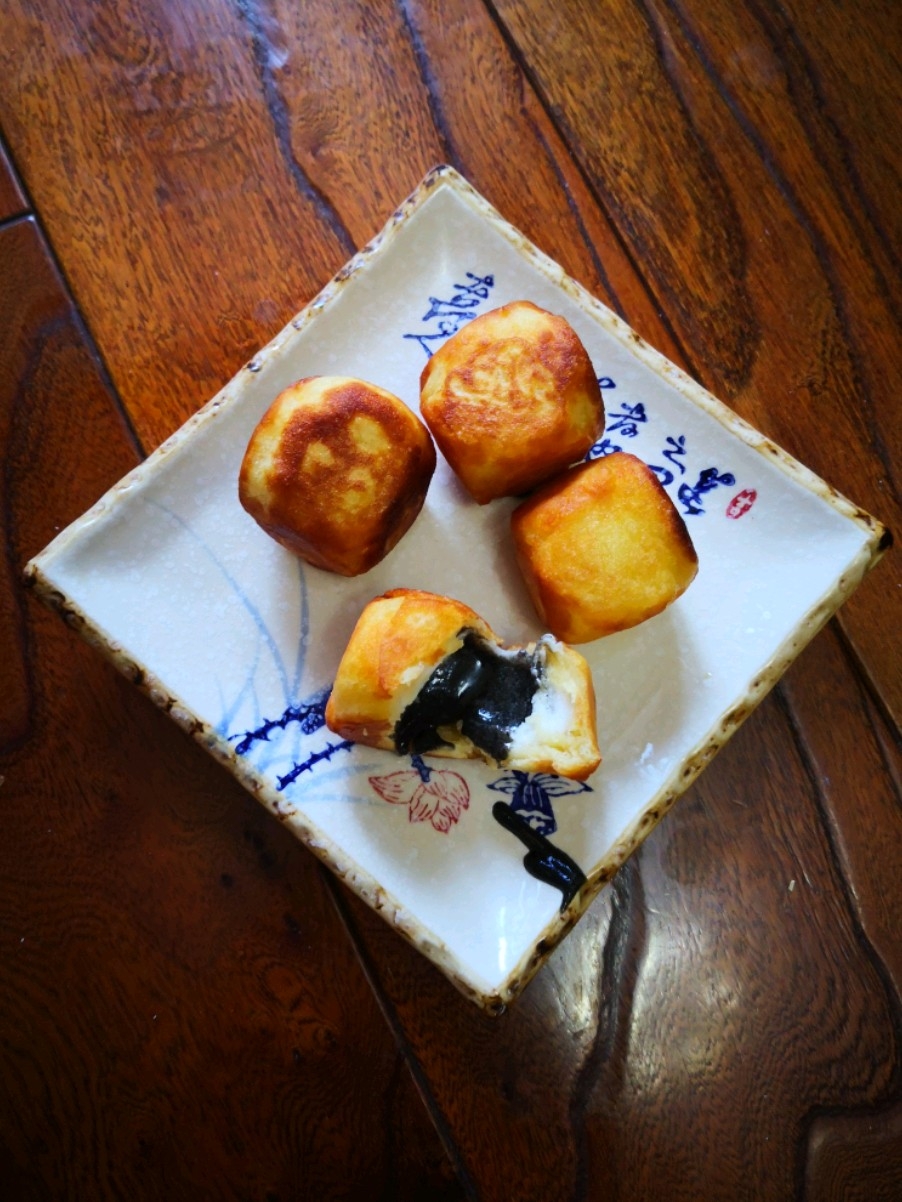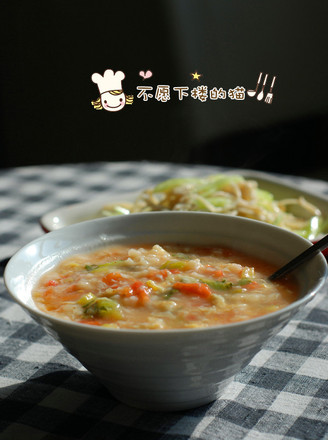Soy Sauce Cake
by Home and everything
Favorite
Difficulty
Normal
Time
30m
Serving
3
The main nutrients contained in flour are starch, followed by protein, fat, vitamins, calcium, iron, phosphorus, potassium, magnesium and other minerals, as well as a small amount of enzymes.
Whole wheat flour is the most nutritious. In the past, because of its special taste, it was less interesting, but in recent years, the rich nutritional value has been gradually discovered: whole wheat flour is rich in vitamins B1, B2, B6, nicotinic acid, calcium, iron, zinc and other trace elements. Whole wheat flour has also been favored by many people. It can be said that whole wheat flour is the flour with the highest nutritional value among several common flours on the market.
Wheat is sweet in taste, cool in nature, enters the heart, spleen, and kidney meridians; it has the effects of nourishing the heart and kidney, strengthening the spleen and thickening the intestine, removing heat and quenching thirst. Indications are visceral irritability, dysphoria, diminished thirst, dysentery, carbuncle, traumatic bleeding and burns.
The biological value of wheat protein is slightly lower than that of rice protein, and it also lacks lysine, but the content of vitamin B1 and minerals is higher than that of white rice.
Whole wheat flour is the most nutritious. In the past, because of its special taste, it was less interesting, but in recent years, the rich nutritional value has been gradually discovered: whole wheat flour is rich in vitamins B1, B2, B6, nicotinic acid, calcium, iron, zinc and other trace elements. Whole wheat flour has also been favored by many people. It can be said that whole wheat flour is the flour with the highest nutritional value among several common flours on the market.
Wheat is sweet in taste, cool in nature, enters the heart, spleen, and kidney meridians; it has the effects of nourishing the heart and kidney, strengthening the spleen and thickening the intestine, removing heat and quenching thirst. Indications are visceral irritability, dysphoria, diminished thirst, dysentery, carbuncle, traumatic bleeding and burns.
The biological value of wheat protein is slightly lower than that of rice protein, and it also lacks lysine, but the content of vitamin B1 and minerals is higher than that of white rice.


